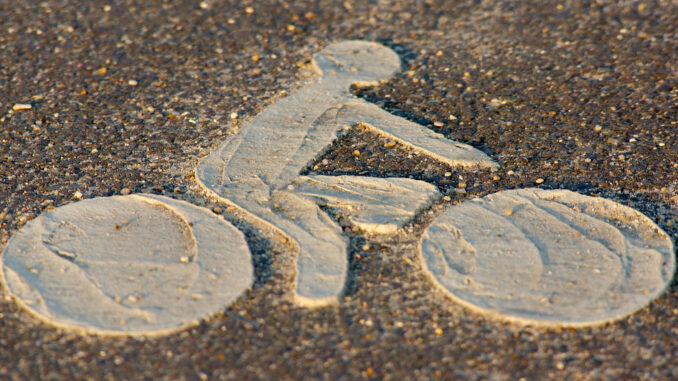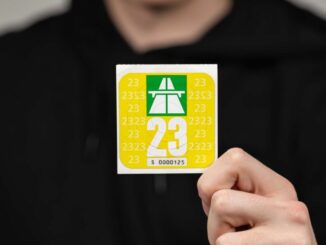
Each year, the Mobility Observatory presents key indicators relating to urban travel and the use of public space in Lausanne. This tool is also used to monitor the implementation of the Municipality’s objectives in these areas. In particular, this edition presents new data on the evolution of active mobility flows and motorized traffic in the city center.
Although still influenced by the consequences of COVID, Lausanne Région’s multimodal counting campaigns show an overall drop in car traffic in the city and an increase in walking and cycling between 2014 and 2021. These data show a 12% reduction in individual motorized traffic on the city cordon, and a 20% increase in pedestrian traffic. Bicycle trips are 4 times more frequent. These developments encourage the Municipality to pursue its mobility and public space development policies in order to achieve the objectives of the Climate Plan. “In seven years, the travel habits of Lausanne’s population have evolved positively towards more active mobility. By pursuing our various mobility and public space development projects, we are supporting this necessary transition for future generations and the achievement of the objectives of the Climate Plan”, emphasizes Florence Germond, municipal councillor in charge of finance and mobility.
Traffic calming and fluidity
By 2022, 21 “30” zones and one “rencontre” zone will have been introduced, for a total of almost 5 km. Today, the city of Lausanne has 91 km of moderated zones (30-km zones, encounter zones and pedestrian zones), an increase of 63% since 2006. To improve traffic flow, the Municipality has removed the traffic lights from certain crossroads and pedestrian crossings, and is continuing with the night-time flashing of certain intersections. These measures have no impact on the safety of all road users.
Developing active mobility
As a reminder, according to figures compiled in 2015, 18% of the population’s car journeys are made over distances of less than 2 km. To encourage a modal shift from car travel to walking, the town has marked out a series of pedestrian routes offering easy access to the town center. The “Cœur de ville à 15′” project offers direct, comfortable routes dotted with seats and located in leafy streets with low motorized traffic. For journeys of more than 2km, but less than 5km, corresponding to 35% of car journeys in Lausanne, a modal shift towards cycling is targeted. To make this increasingly popular mode of transport more attractive, the City is continuing to
cycling facilities and links. This year, 5% more cycle paths were built in Lausanne, and almost 1,300 new cycle parking spaces were created.
Sharing public space between different modes of transport
Walking is the most common mode of transport in Lausanne. The quality of the city’s street spaces plays a key role in the growing attractiveness of this type of travel. By 2022, Avenue des Jordils and the Sévelin district will have completed their transformation into strolling zones, and the Pré-du-Marché district into a pedestrian zone. These calmer areas are becoming more attractive for active mobility. With this in mind, the number of seats on the public domain has continued to rise. Since 2018, +63% of public benches have been installed. By 2022, out of 147 seats installed, 114 will be suitable for people with reduced mobility.
Even though public transport and active mobility are attracting ever more followers, these modes of travel can sometimes be supplemented by the use of a car. To alleviate the pressure on residential parking, a certain number of parking spaces in the white pay zone are becoming accessible to people with a parking badge.
Preparing for the future
Mobility is central to the daily lives of the people of Lausanne, and is an important theme in achieving the objectives set out in the Climate Plan. Understanding the opportunities and challenges surrounding mobility and public spaces is essential in guiding the Municipality’s actions. With this in mind, the data collected by the Mobility Observatory enables us to take stock of the progress made and the progress still to be made.



Be the first to comment